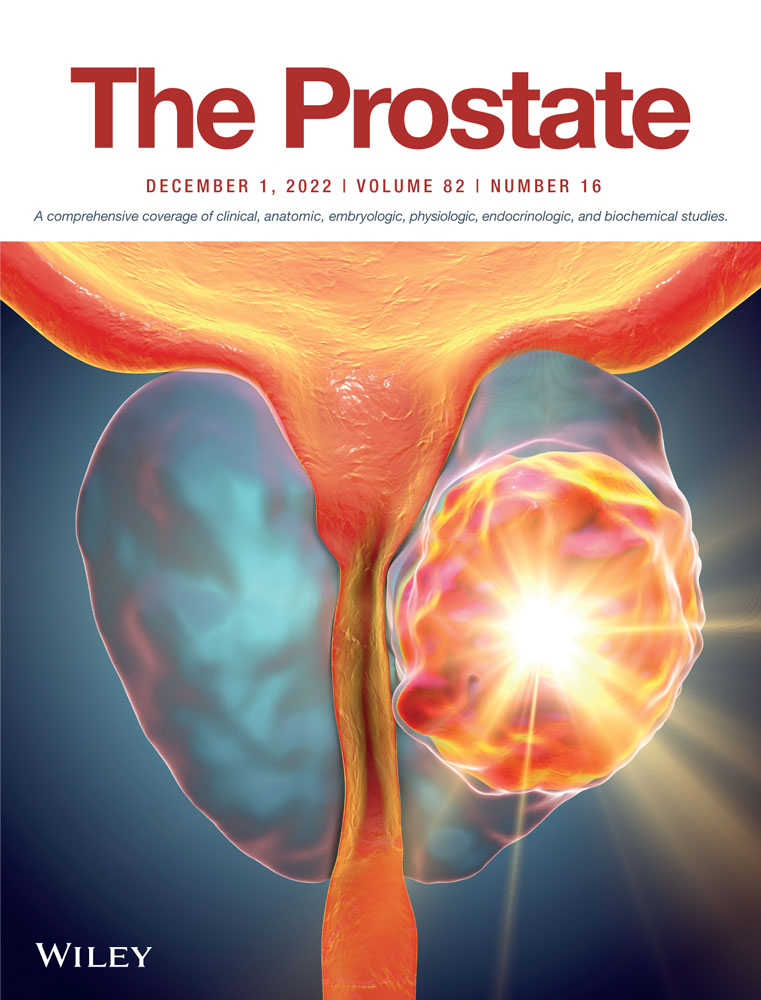Are higher pre-diagnosis follicle stimulating hormone levels associated with long-term prostate cancer risk?
Abstract
Background
Follicle stimulating hormone (FSH) is a pituitary hormone that helps regulate testosterone homeostasis. Although it is generally accepted that FSH levels increase with LHRH-agonist therapy for prostate cancer (PC), the specific impact of FSH levels on risk of PC diagnosis is largely unknown. The objective of this study was to perform a population-level analysis to assess the association between FSH levels and PC diagnosis.
Methods
All men (n = 386,018) who had a pre-PC diagnosis FSH level and complete data were identified within the Veterans Affairs Health System between 1999 and 2018. The association between FSH level and time from FSH test to PC diagnosis was tested using stratified Cox proportional hazards models. Multivariable models were adjusted for age, year, race, body mass index, and Charlson comorbidity index. Due to nonproportional hazards over time, time to PC was modeled separately: ≤4 years after an FSH test and >4 years following an FSH test.
Results
Median age at first FSH level was 64 years (interquartile range [IQR]: 54–72), median year of FSH was 2010 (IQR: 2005–2014), and 70% of the cohort was white. Median follow-up was 76 months (IQR: 38–126) during which 17,519 men (4.5%) were diagnosed with PC. On multivariable analysis, in the first 4 years after FSH test, there was no association between FSH and time to PC diagnosis. Starting from 4 years after FSH test, on multivariable analysis, a higher FSH level was associated with lower risk of PC with continuous modeling, but found no association with log continuous and categorical modeling.
Conclusions
In this population-level study among male veterans receiving an FSH test for an unknown clinical indication, associations between FSH levels and PC risk were inconsistent and likely driven by selection bias and confounding variables. Future studies should consider different study designs.
CONFLICT OF INTEREST
Coauthor Stephen Freedland notes a conflict of interest with Myovant. All other authors report no proprietary or commercial interest in any product mentioned or concept discussed in this article.
Open Research
DATA AVAILABILITY STATEMENT
Data subject to third party restrictions: The data that support the findings of this study are available from the Veterans Affairs (VA) corporate data warehouse via VINCI. Restrictions apply to the availability of these data, which were used under license for this study. Data are available after receiving IRB approval with the permission of the Durham VA Health Care System.




